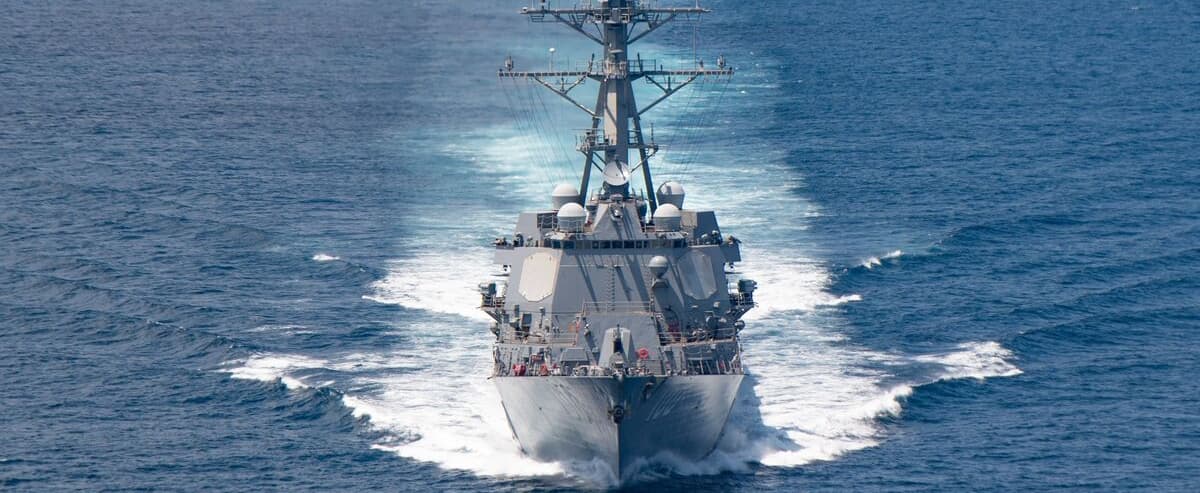Taiwan announced Monday that it had detected 39 military planes and a Chinese aircraft carrier near the island, after the passage of two American and Canadian ships through the Taiwan Strait over the weekend.
• Read also: Taiwan Strait: China on “high alert”
Between Sunday and Monday morning, 26 aircraft and 13 military ships operated around the island. Thirteen other planes have been detected since the early hours of Monday, according to the Taiwanese Ministry of Defense.
The Chinese aircraft carrier Shandong was also detected on Monday about 60 nautical miles southeast of Taiwan’s southernmost tip, sailing east and entering the western Pacific, the ministry added.
Taiwan lives under the constant threat of an invasion by China, which considers the island as one of its provinces which it wants to return to its fold, if necessary by force, even if it says it favors a peaceful way.
Taiwan said 22 of 39 recently detected planes crossed the midline of the Taiwan Strait, an invisible border that separates the island from the mainland.
Crossings of the median line, considered more provocative, are generally less frequent than incursions into the ADIZ – a large area defined unilaterally by countries and in which they require foreign aircraft to identify themselves for reasons of national security.
“The military is closely monitoring the situation and has tasked aircraft, Navy ships and land-based missile systems to respond,” Taiwan’s Defense Ministry said in a statement.
On Saturday, a Chinese military spokesperson said that Chinese soldiers remained “constantly on high alert” after the passage of two American and Canadian ships through the Taiwan Strait.
The U.S. Navy said it was an Arleigh Burke-class guided-missile destroyer, the USS Ralph Johnson, and HMCS Ottawa, and that the transit “demonstrates the commitment of the United States, its allies and their partners in favor of a free and open “Indo-Pacific” region”.
Washington has recognized Beijing since 1979, but remains Taiwan’s strongest ally and supports the island’s right to decide its own future.
The United States and its Western allies have stepped up so-called “freedom of navigation” passages by warships in both the Taiwan Strait and the South China Sea, to emphasize that both are waterways international, angering Beijing.
